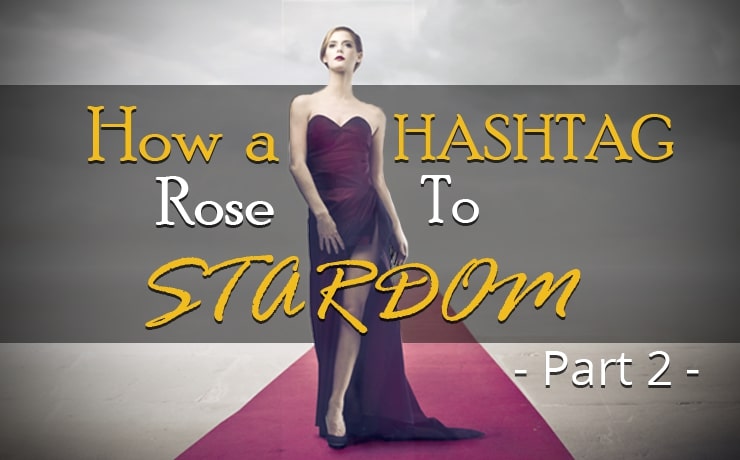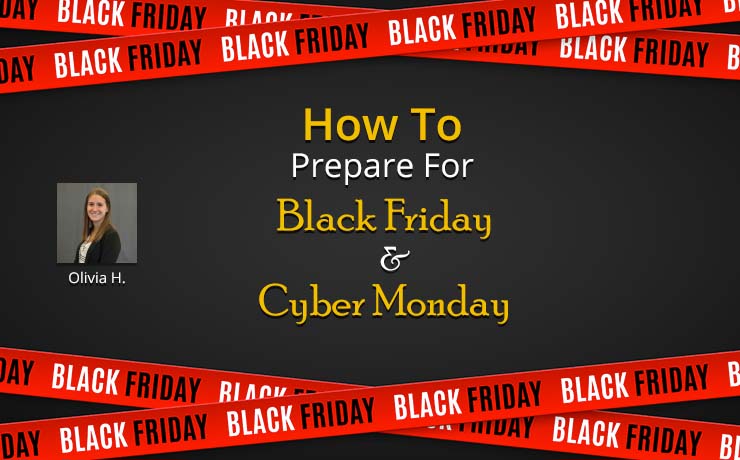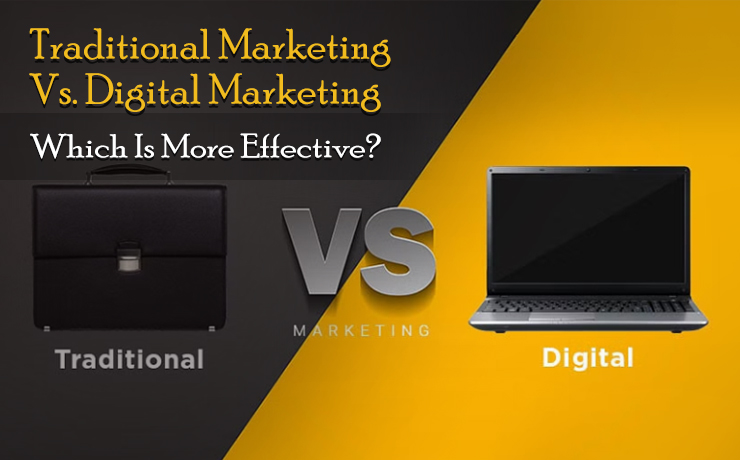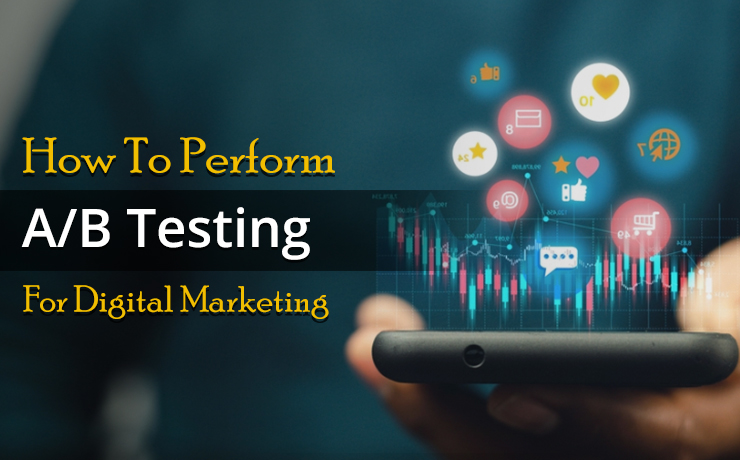Part 2: How a Hashtag Rose to Stardom
Elizabeth Reyn

#JewsandArabsRefuseToBeEnemies
Following my previous post, not only is this an example of a hashtag used properly, but it is a hashtag used to make a statement that has garnered worldwide attention.
As a quick disclaimer, this blogpost does not tread into political territory. I have my own views about the Middle East conflict that either match or differ from yours. The purpose of this blogpost is for businesses to explore and understand the widespread media influence that can be caused by hashtags.
How the Twitter Hashtag Campaign Got Started
I’m assuming if you made it this far down, you’ve accepted my disclaimer. Good. Moving right along.
The #JewsandArabsRefuseToBeEnemies Twitter campaign was started by two Hunter College students, Abraham Gutman and Dania Darwish. Gutman and Darwish, who are Israeli and Syrian respectively, were passionate about spreading love in a time of severe conflict.
The two friends and activists posed together for a picture each holding up a sign with writing in their respective languages, and the matching hashtag on the bottom. Shortly after, pictures with the hashtag came flooding in on social media. In their pictures, people used variations of the sign with the hashtag, spreading Gutman and Darwish’s overall message.
One such picture that made headlines was of Sulome Anderson, a journalist of Lebanese descent, who made headlines by posting a photo on Twitter of herself kissing her Jewish boyfriend with the title: “He calls me neshama. I call him my habibi. Love doesn’t speak the language of occupation #JewsandArabsRefuseToBeEnemies”.
What Can Businesses Learn From This Hashtag?
In order to gain visibility, a hashtag needs to be an innovative and transcendent approach to something. It needs to be influential enough to warrant an ongoing discussion and have the ability to represent a bigger cause.
This is not to say that in order for a hashtag to be popular on social media, it must rise to the magnitude of this one. But it must be a hashtag that is able to speak volumes for whatever your business is promoting. If your business is holding a campaign, it must choose a hashtag to commit to throughout the entire campaign.
How to do that? Think about what your business represents. What’s its most important objective and how can it reach others? Referring to the previous post, the hashtag can’t so lengthy it’s indiscernible or too many hashtags to represent one idea. Like a slogan, it must be a short yet effective.
Look within your business. Come up with something small enough to fit across a line, but large enough to reach others. Best of luck!









